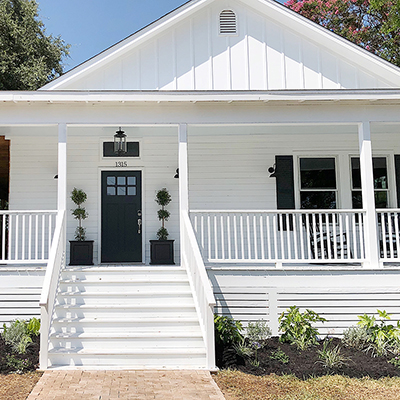Renovation vs. Remodel: What Is The Difference?

Last updated August 12, 2024
Renovation and remodeling impact whether you get the most out of an aging or outdated property. Remodeling changes the form of a room or building, and renovation focuses on revitalizing old spaces to a better condition.
Whether making a space more appealing for residents, updating a floorplan or preparing a building for sale, carefully compare the benefits of renovations vs. remodels.
Table of Contents
What Is Renovation?
What Is Remodeling?
Permits for Renovation and Remodeling
OSHA Construction vs. Maintenance
When to Rebuild Instead of Renovating or Remodeling
More Tools. More Products. More Perks.
What Is Renovation?

Renovation is the restoration of a room or building to good condition. A renovated room will be updated without changing its purpose. For example, a renovated bathroom remains a bathroom. Renovation projects usually include repairing structural damage or replacing dated fixtures with new ones. Renovation upgrades can be primarily cosmetic and make a space more appealing to residents, clients or potential buyers.
The following are common renovations:
- Updating a kitchen with new cabinets and fixtures
- Replacing old windows with new ones
- Applying new paint
- Updating appliances
- Replacing tiles or flooring
- Replacing outdated systems
Renovations are common on multifamily properties to make units more attractive. Simple updates like installing new flooring and improving curb appeal with exterior paintand landscaping can draw in new residents. New, stainless steel kitchen appliancesare also popular for their sleek, modern look.
Renovations usually require less labor and are more cost effective than remodeling, so they can offer a safer return on investment.
Refurbishment, a related process, is renovating or redecorating a structure or other object. Refurbishment involves cleaning, retrofitting a building, or otherwise improving its sustainability and energy efficiency.
What Is Remodeling?
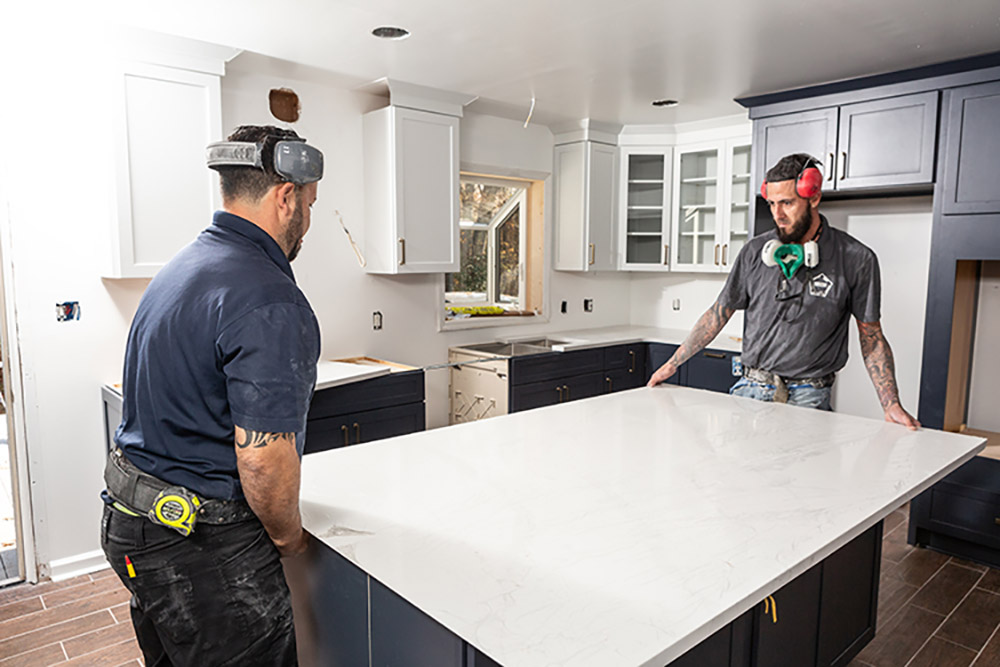
Remodeling means altering or making a significant structural change to a room or building. Remodeling can involve putting an addition on a dwelling, changing the floorplan layout or making major updates. For example, a bathroom remodel could turn a half bathroom into a full bathroom by adding plumbing.
Common remodeling projects include:
· Expanding square footage
· Gutting, removing or adding walls
· Raising ceilings
· Adding plumbing
· AddingHVAC ductsor central air
· Finishing a basement or converting an attic
· Installing a kitchen island
Remodeling offers the same cosmetic benefits as renovation while providing more opportunities to improve safety features and reduce a building’s carbon footprint. Remodeling not only gives a space a new look, it can provide new uses or functions that make workflow more efficient, enhance employee morale or attract potential clients. Expanding footage or putting an addition on a building can allow a business to grow.
Remodeling is more costly, complex and time-consuming than renovation, potentially requiring more materials and extensive labor. Remodeling an occupied space can be disruptive or require renting a temporary space. An expensive remodel can be riskier than renovation but have greater potential benefits, such as updated safety measures and interior design.
When considering the logistics of a significant remodel, follow the rule of thumb to “plan backward and execute forward.” Divide the project into the steps for all of the preparation, permitting, construction and cleanup. Determine how long each step will take and then create a reasonable schedule. A completion date that is too optimistic can lead to costly overruns.
Permits for Renovation and Remodeling
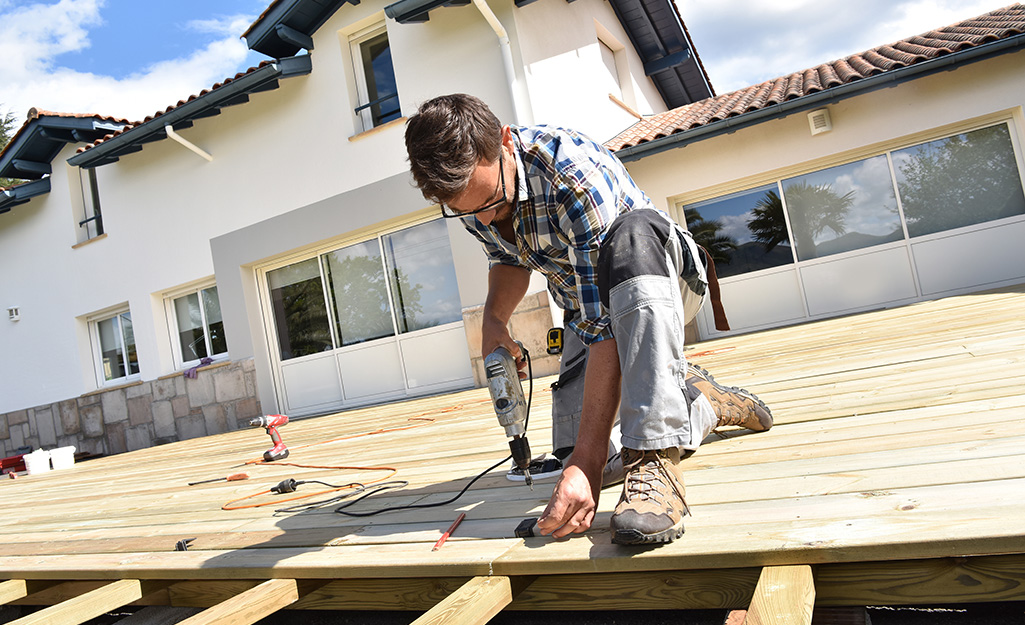
Building codes in different regions and communities can have significant differences, but you should expect to pull a permit for many remodeling projects. The projects that require permits include:
- Wall demolition or changing the layout of a room
- Changing a roofline
- Installing new electric wiring or upgrading electric panels
- Adding decks or fencesabove a specified height
- Running new plumbing supply or drain lines
- Any job that involves the main sewer line
- Building additions or garages
- Installing swimming pools
Permits are usually not required for the following renovation types of projects:
- Replacingcountertops or appliances
- Updating kitchen and bath fixtures
- Laying roofing with similar material
- Installing new flooring
- Building sheds or workshops
OSHA Construction vs. Maintenance
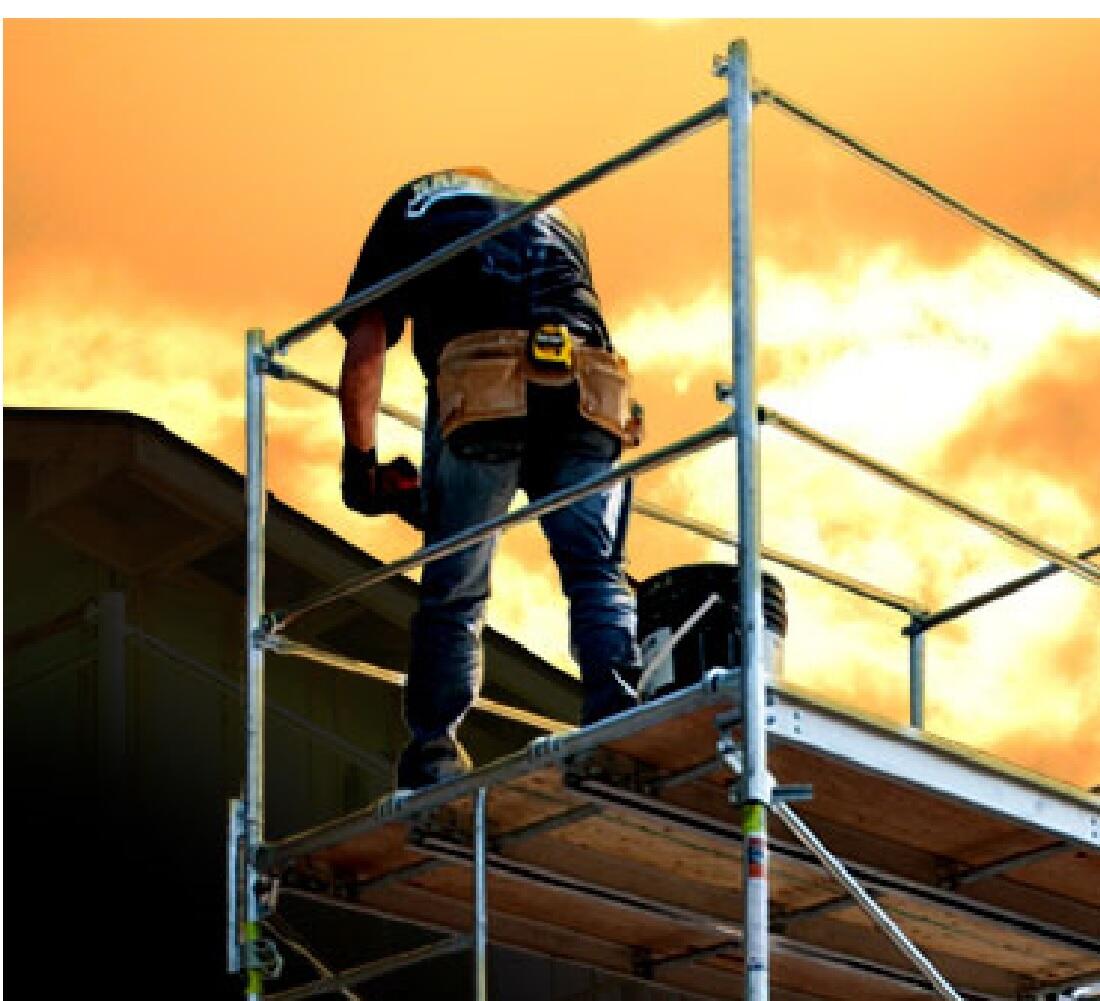
When conducting a renovation or remodel, be aware of the labor codes that apply. The Occupational Safety and Health Administration defines construction as “work for construction, alteration and/or repair, including painting and decorating.” Work that falls under this definition is governed by construction-specific labor requirements in OSHA 1910.
OSHA characterizes maintenance activities as keeping a structure, fixture or foundation in proper condition in a scheduled or routine fashion. Work that falls under these terms will be governed by the general industry standards in OSHA 1926.
Most renovation and remodeling jobs will fall under OSHA Construction Standards, because they include upgrading or expanding a property rather than replacing existing features. If a remodeling job fails to meet OSHA safety standards, the contractor may be subject to fines.
When to Rebuild Instead of Renovating or Remodeling
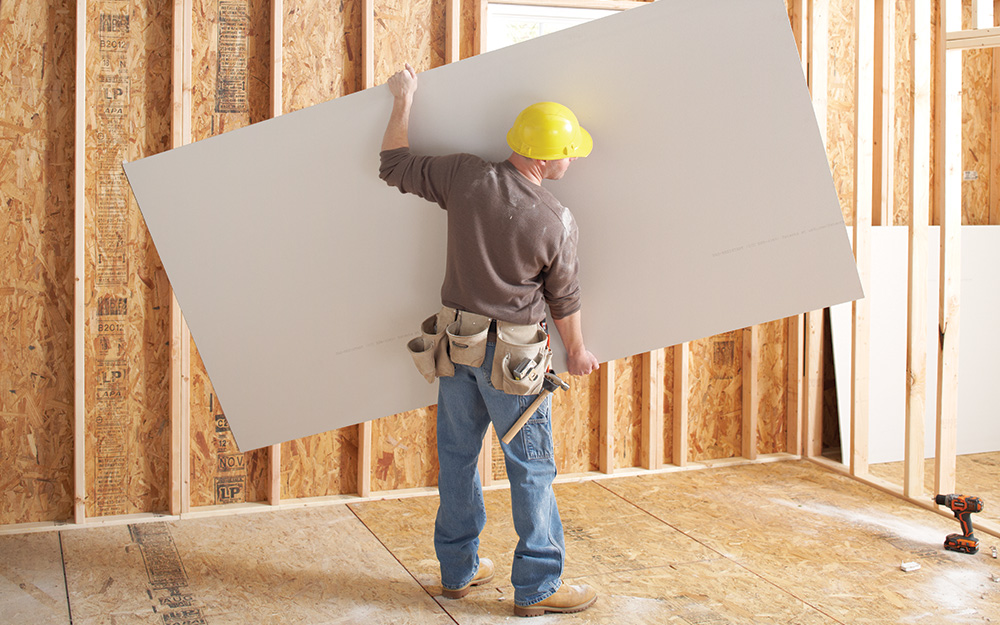
If a building has extensive damage in multiple areas, rebuilding may be a more cost-effective option than either renovation or remodeling. Major fixes such as foundation or framing repair can cost over $20,000, and buildings that require more than one are potentially more expensive to fix than they are worth.
More than half of all residential properties were constructed before 1980, according to a 2012 survey by the U.S. Energy Information Administration. The older the building, the more expensive it will be to bring up to code for all safety, energy efficiency and ADA requirements. Older buildings containing asbestos or other hazardous materials can be more expensive to remodel.
Extensive damages that can justify rebuilding a home or building include:
- Fire and water damage, particularly to supporting structures such as load-bearing walls
- Cracked or broken foundation or framing
- Major mold infestations, especially if they affect multiple areas
- Lead, asbestos or other hazardous building materials common to older buildings.
Rebuilding a home typically results in a higher ROI for real estate investors. Newer buildings tend to be larger with more floor space, allowing for more potential occupants. An entirely new building design also provides an opportunity to add more energy-efficient fixtures and HVAC systems.
While the costs to build a house may sometimes be less than the expenses of remodeling, you should also keep in mind how much it costs to demolish a house. The national average for demolition is typically $4-8 per square foot. The price increases by $2-3 per square foot when asbestos or other hazardous materials are present in the home. A 2,500 sq. ft. home with asbestos insulation would cost nearly $23,000 to demolish.
Contractors typically include permitting costs and debris removal in their quotes, but they can vary in price depending on the region. Some areas discourage demolition by increasing permit fees from the usual $200 average up to the thousands. Some property owners may choose to take on debris removal on their own to save on contractor fees.
Pro Tip: If remodeling or renovation cost more than new construction, rebuilding is the better option.
More Tools. More Products. More Perks.

Be more competitive and boost your bottom line with Pro Xtra, The Home Depot’s free loyalty program built for Pros. Sign up today to access the enhanced Pro Online Experience, built with the online business tools and time-saving features Pros need.
Save more on must-have supplies you need for the job, like drywall, fencing or roofing. Pro Xtra members qualify for bulk pricing on 4,000+ eligible products every day.
Occupational Safety and Health Administration, “1926.32 – Safety and Health Regulations for Construction”.










